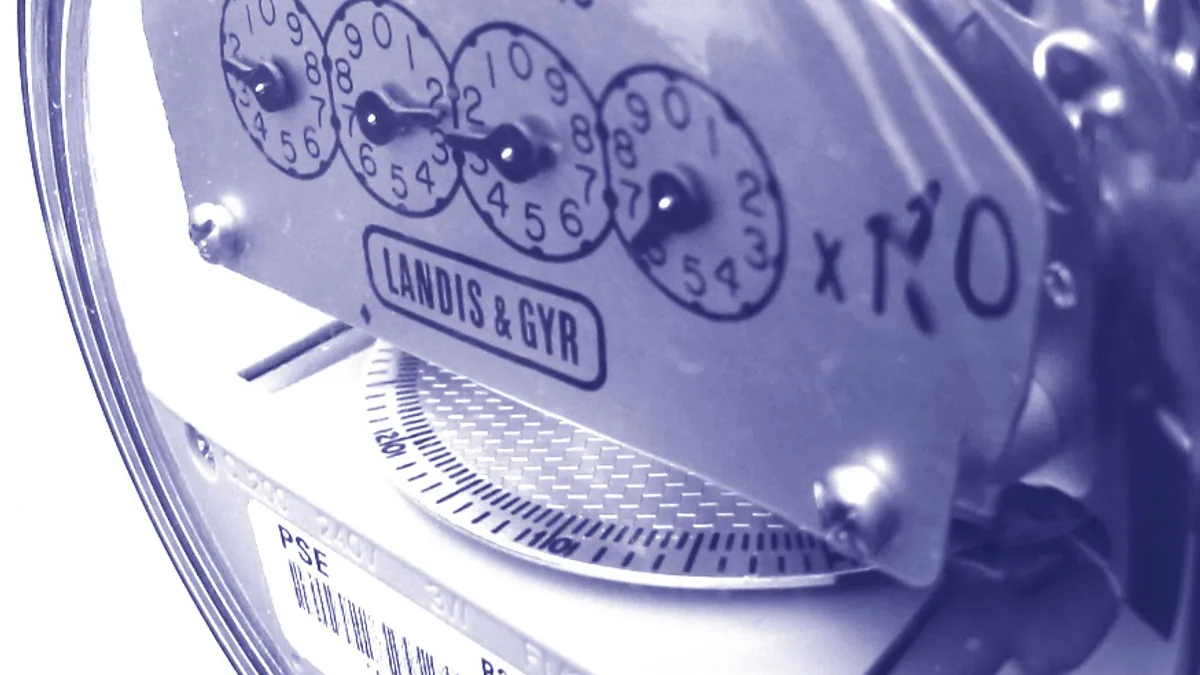Dive Brief:
- New rules designed to hold generators to higher reliability standards will likely raise capacity prices and open the door for more demand response in PJM Interconnection's grid, according to an advisory from Davis Wright Tremaine LLP.
- FERC approved the rules last month, which PJM had proposed in the wake of poor generator performance during the 2013-2014 winter; the grid operator has delayed until later this month a vote on implementing the rules, however.
- PJM will replace its Reliability Pricing Model, shifting instead to a “Capacity Performance Resource” product which will require more stringent performance for generators, and penalties for non-performance.
Dive Insight:
A Seattle-based law firm expects PJM's new performance standards to lead to a greater reliance on demand management strategies, both in response to higher capacity prices and new rules.
“PJM’s new framework allows demand response resources to combine with other eligible resource types to submit a single Capacity Performance Resource offer,” according to the advisory from Davis Wright Tremaine LLP.
The new rules will allow demand response resources to aggregate with other resources – capacity storage, intermittent resources and efficiency – as long as they are within the same deliverability area.
“FERC believes that aggregation will enhance the ability of such resources to provide reliability benefits and also increase competition in the capacity market,” the briefing said.
Regulators, however, rejected the grid operator's plan to allow bids when they include aggregation across different deliverability. According to the law firm, FERC had “concerns about its feasibility and possible performance shortcomings during emergency conditions.”
FERC's approval means the new will be be incorporated into the annual capacity auction for 2018-2019 delivery. PJM proposed the changes after poor generator performance during the polar vortex, where at one point more than 20% of generation was unavailable.














